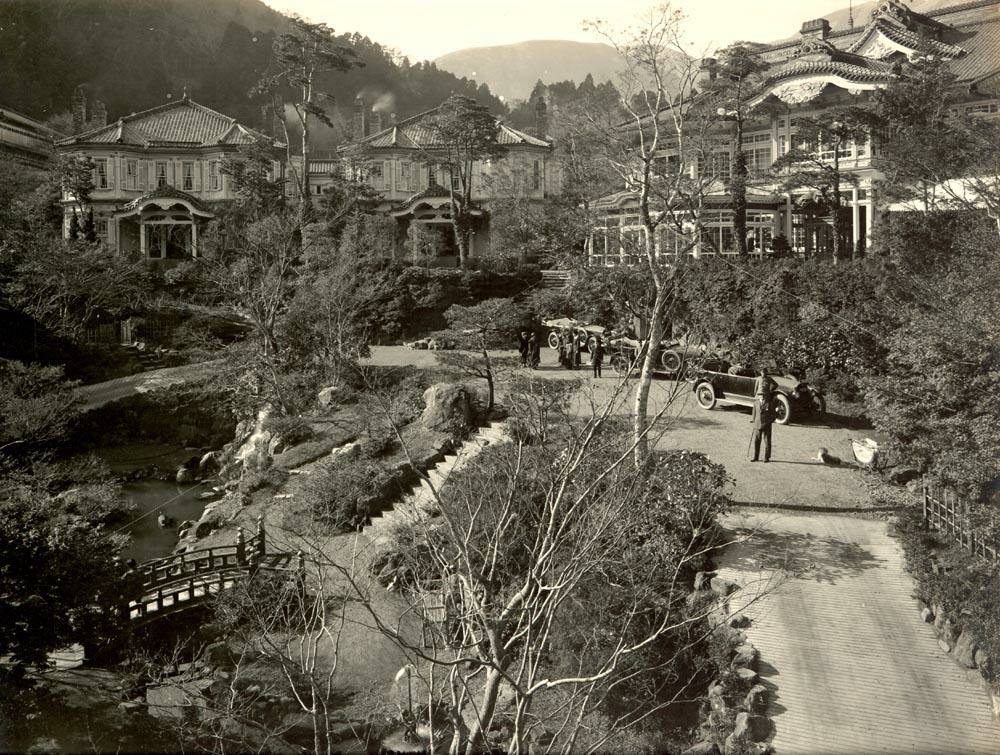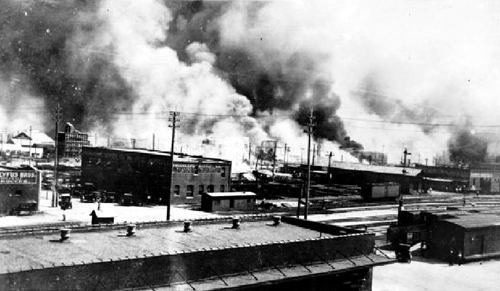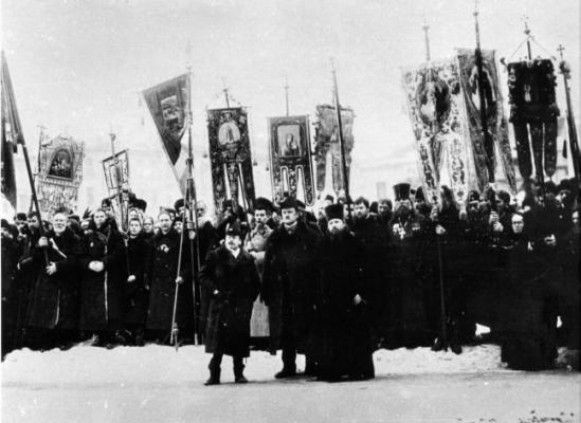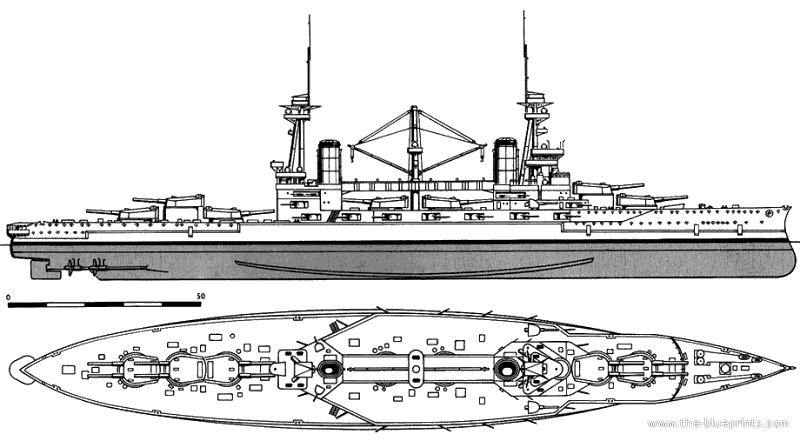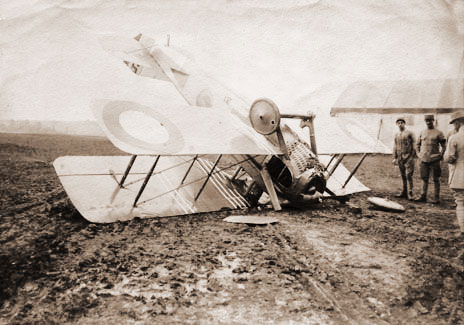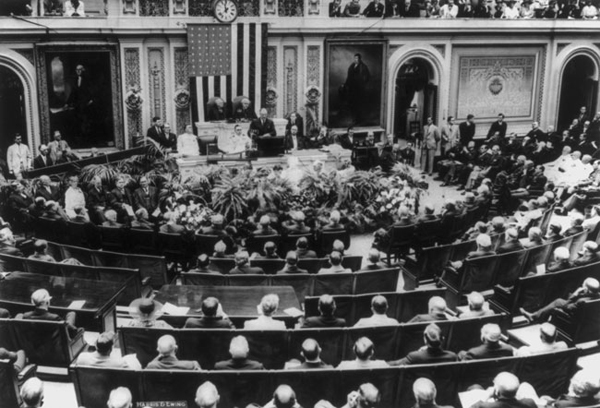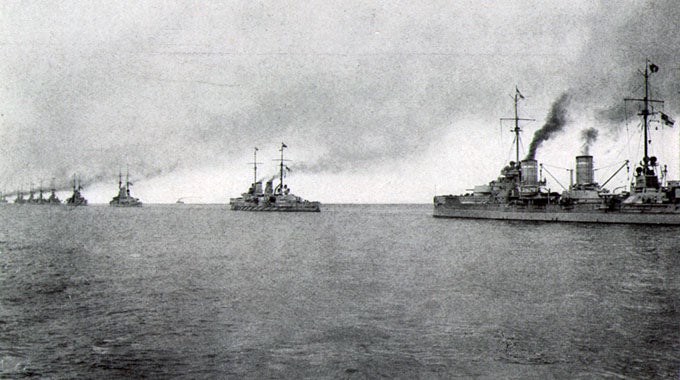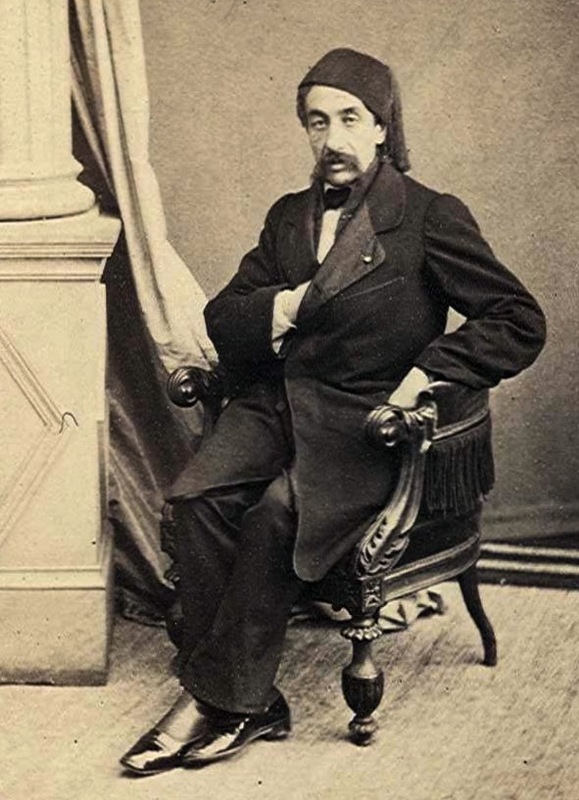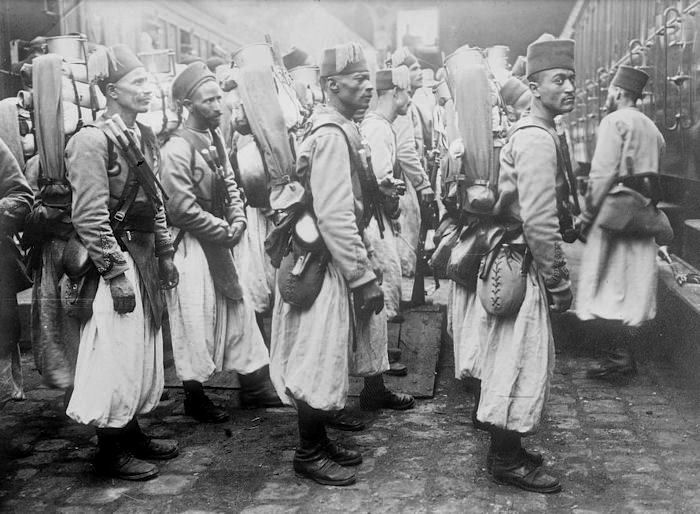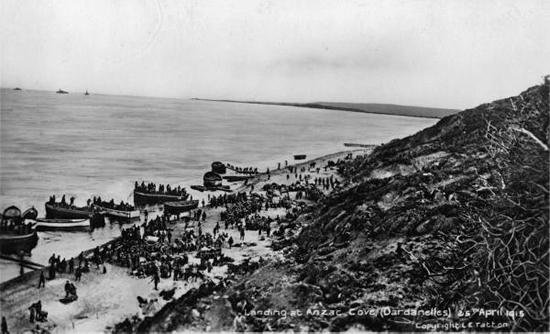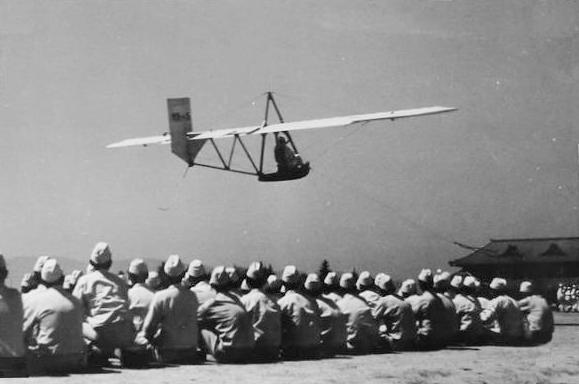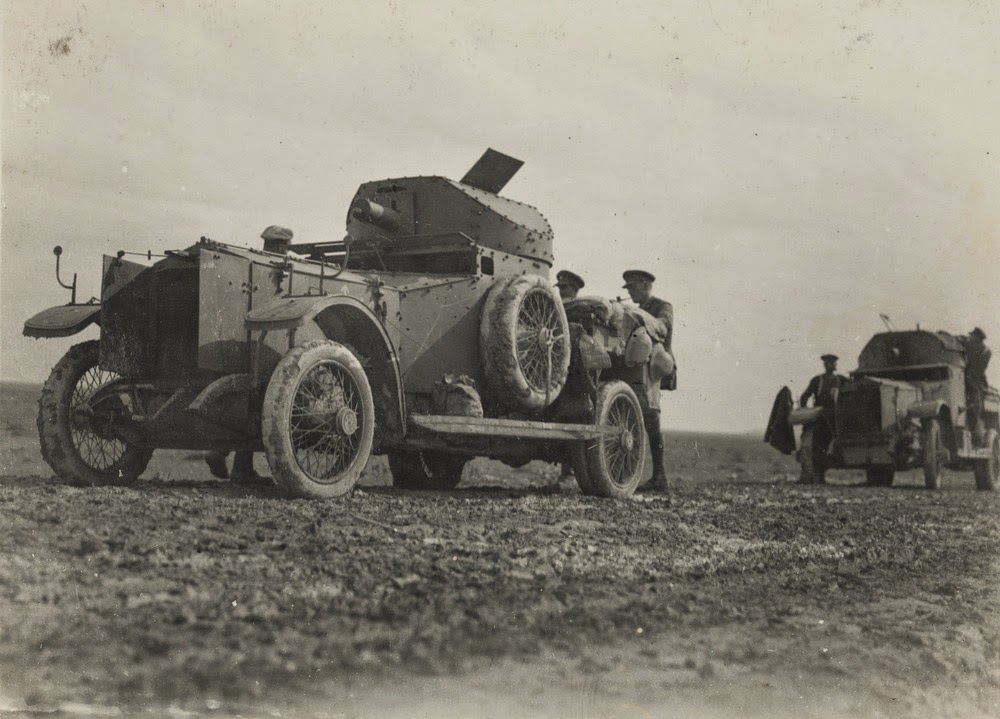
The Second Republic of Boletaria
Spring, 1920
The First Elections

Boletarian soldiers and workers gather for the first elections in Wrenclaw on 19 January 1920.
Independence had been gained. Through bloodshed and war had oppressors been toppled, had the chains been broken. Boletaria could now stand free amongst the other nations of the world and the people rejoiced. Streamers, banners and flags adorned the war-torn city of Wrenclaw, fluttering from the ragged skyline of broken towers and open windows. The Boletarians had prevailed. The foe had been ousted from the land.
After the Terrible War, Boletaria had established itself as a republic and democracy with the establishment of the Constitution of 1920. The constitution was modeled after constitutions of established northern and southern democracies with most notable influences taken from the Kingdom of Soroya and the Dalmance Republic. The Constitution decrees the establishment of a Parliament, and a Prime Minister and cabinet with whom laid the executive powers.
The time for an election had come not a day after the treaty had been signed. Large crowds gathered in vast open forums and in streets bedecked with rubble to cast their votes at swiftly established polling stations. Many consisting of nothing more than a slightly better dressed Boletarian calling out to crowds from atop a wagon as the people made their votes, to be stored in chests carried by said wagon and counted within the confines of the Wrenclaw Town Hall.
Above all however came the call for one man to lead. Teodor Ladzinski. General of the Boletarian Free Army and proclaimed liberator of his people. The former General had restructured the BFA into a tangible and capable force which had proven itself in the anvil of war, as a clandestine army operating in an enemy-occupied country, separated by over hundreds of kilometers from any friendly territory. Yet somehow, victory had been achieved and the people now called Teodor's name.
The Liberator
"I recall the day quite clearly. The day Teodor Ladzinksi was elected as Prime Minister, he prowled the halls of the Town Hall, his large greyhound besides him and one could only feel at awe by the sight. The man aptly titled the Liberator was a grey eminence indeed. His influence undeniable, his support irrepressible as the people's voices clamored over the din.
The man who had overseen the war effort of the Boletarian Free Army, who had ensured our liberation. Was to become our first Prime Minister."
- Recollections of a Boletarian politician, the day Teodor Ladzinksi was elected Prime Minister following the First Elections.

Prime Minister Teodor Ladzinksi inspects soldiers of the Boletarian Army, previously of the Boletarian Free Army.
